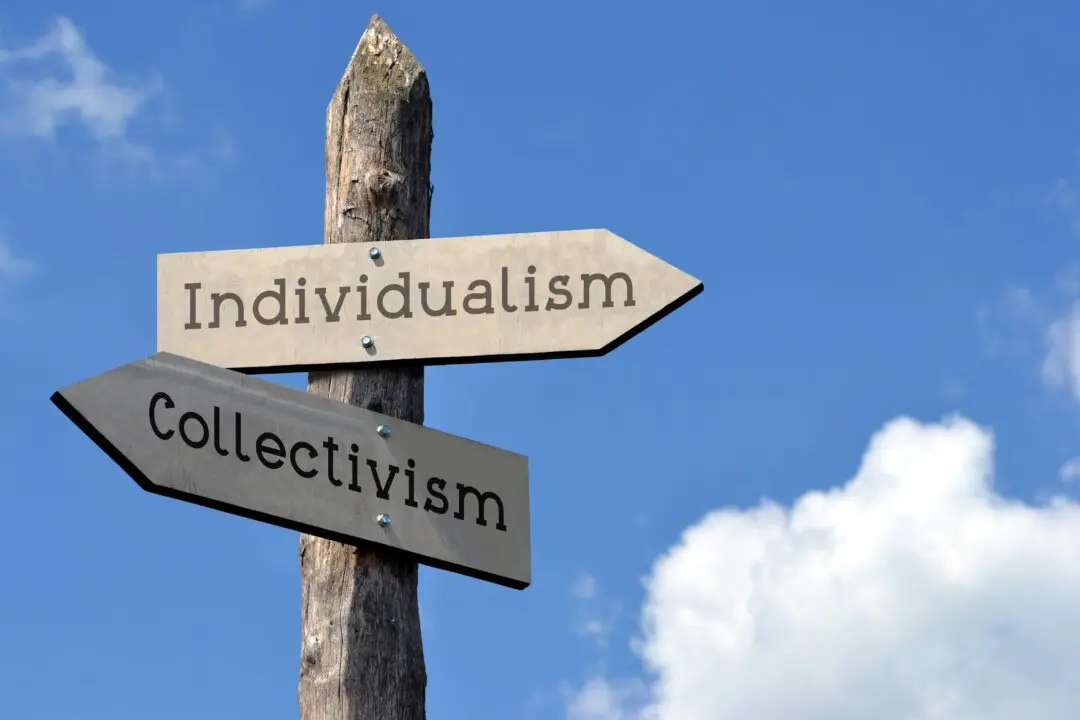Commentary
The first time I heard the phrase “pink-collar worker” was two days ago from The Atlantic, which published fascinating data on what it describes as mass burnout among nurses, child care workers, teachers, and other female-dominated professions.





